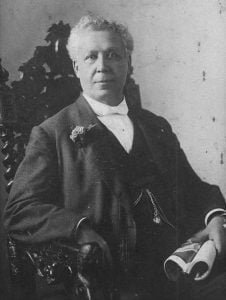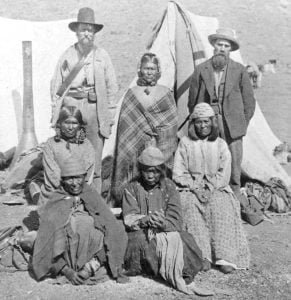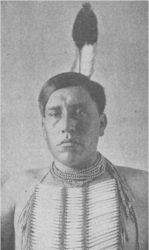Mohawk Tribe
Mohawk Indians (cognate with the Narraganset Mohowaùuck, ‘they eat (animate) things,’ hence ‘man-eaters’) The most easterly tribe of the Iroquois confederation. They called themselves Kaniengehaga, ‘people of the place of the flint.’ In the federal council and in other intertribal assemblies the Mohawk sit with the tribal phratry, which is formally called the “Three Elder Brothers” and of which the other members are the Seneca and the Onondaga. Like the Oneida, the Mohawk have only 3 clans, namely, the Bear, the Wolf, and the Turtle. The tribe is represented in the federal council by 9 chiefs of the rank of … Read more




